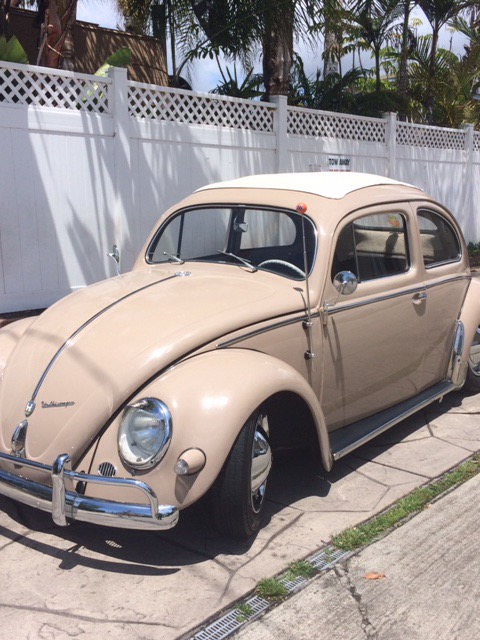
I have read two great things recently about handling my normal human being anger. They synchronize.
The first was this lengthy, powerful article written by a prominent American, Tibetan Buddhist Nun. She is a woman named Pema Chodron, who was born in 1936 here in America. She published an article in 2005, which I recently read on LionsRoar.com, The Answer to Anger and Aggression is Patience.
It’s a long article, but so interesting to me. She is referring, with the words “anger” and “aggression”, to our normal human response of frustration and all of the emotions that get stirred up when we are upset about a situation. She says basically, we all hear and have all of this advice, but what do you really do when feeling the anger and aggression?
I quote: “It’s said that patience is a way to de-escalate aggression. I’m thinking here of aggression as synonymous with pain. When we’re feeling aggressive—and in some sense this would apply to any strong feeling—there’s an enormous pregnant quality that pulls us in the direction of wanting to get some resolution. It hurts so much to feel the aggression that we want it to be resolved.”
“At that point, patience means getting smart: you stop and wait. You also have to shut up, because if you say anything it’s going to come out aggressive, even if you say, ‘I love you’.”
“So what do we usually do? We do exactly what is going to escalate the aggression and the suffering. We strike out; we hit back. Something hurts our feelings, and initially there is some softness there—if you’re fast, you can catch it—but usually you don’t even realize there is any softness. You find yourself in the middle of a hot, noisy, pulsating, wanting-to-just-get-even-with-someone state of mind: it has a very hard quality to it. With your words or your actions, in order to escape the pain of aggression, you create more aggression and pain.”

“Patience has a lot to do with getting smart at that point and just waiting: not speaking or doing anything. On the other hand, it also means being completely and totally honest with yourself about the fact that you’re furious. You’re not suppressing anything—patience has nothing to do with suppression. In fact, it has everything to do with a gentle, honest relationship with yourself. … When you practice patience, you’re not repressing anger, you’re just sitting there with it – going cold turkey with the aggression.”
Pema Chodron goes on to say more in the article that I found worth reading, but in the event that the several times that I have read and reread this article fail to make a mark on my behavior, listen to this slang term used in England that I’ve just heard. It perhaps lands a bit of a lower blow about the times I act on my frustration. It’s the second best thing, yet maybe the most motivating thing, that I have come across. If I annoyingly or painfully act out my anger on someone, I may be referred to as having “spit out my dummy”.
“Spit out my dummy.” I don’t have anything else to add to that.
Photo credit: photopin.com





 Volkswagen Poster (1938)
Volkswagen Poster (1938) Volkswagen Stamp (1938)
Volkswagen Stamp (1938)





 I give myself my own dignity. Cool. I’m going to change it up. I’m going to begin choosing mine with a soft edge, instead of the dignity I “fight” for from my hard-hearted, stubborn place.
I give myself my own dignity. Cool. I’m going to change it up. I’m going to begin choosing mine with a soft edge, instead of the dignity I “fight” for from my hard-hearted, stubborn place.